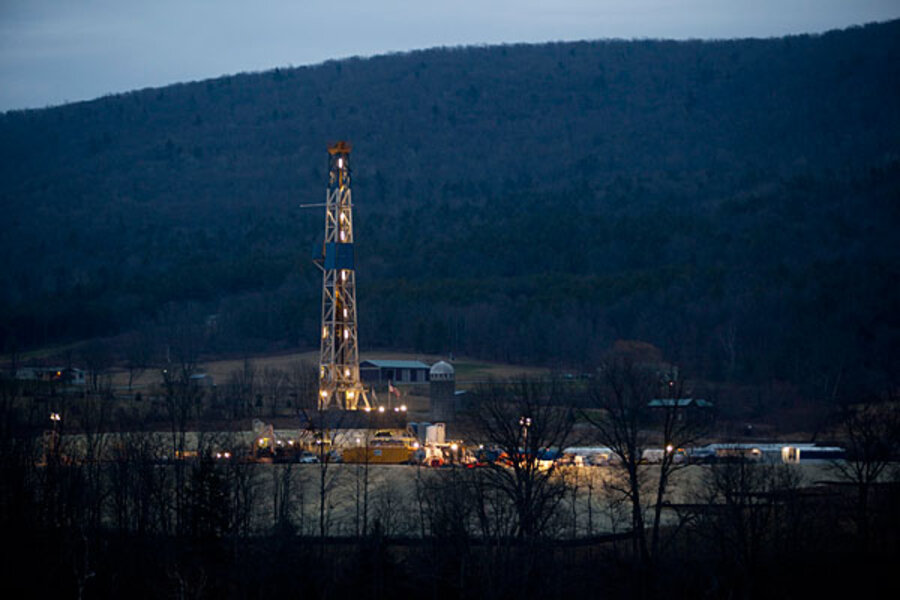For the first two years of his administration, President Obama pushed for "cap and trade" legislation to limit greenhouse-gas emissions from power plants by putting a price on them for the first time. After the US Senate failed to pass legislation, the administration allowed the Environmental Protection Agency to move ahead with more conventional regulatory measures. Under Mr. Obama, the EPA issued the nation's first standards limiting mercury emissions and other toxins from coal-fired power plants. It has also taken steps to begin regulating carbon dioxide emissions.
But the EPA's go-slow approach, and references to "clean coal" development have irked environmentalists who say Obama's positions are being shaped by election-year politics.
Obama's website cites its "10-year goal to develop and deploy cost-effective clean coal technology, and to put online several commercial demonstration projects within four years." Stimulus money funded 22 carbon capture and sequestration research projects.
Under Romney, coal production would get a boost from revision of the landmark Clean Air Act, eliminating greenhouse-gas emissions restrictions. "Rules affecting coal power plants could be streamlined to achieve the necessary environmental protection while avoiding job-killing plant closures.... This would mean ensuring that the cost of new regulation is always considered and establishing reasonable timelines for compliance."
While governor of Massachusetts, Romney struck a different tone. He supported development of a regional cap-and-trade program to limit coal power plant emissions. Standing beside a polluting coal-fired power plant in Salem, Mass., in 2003, he declared: “I will not create jobs or hold jobs that kill people. And that plant, that plant kills people.”








